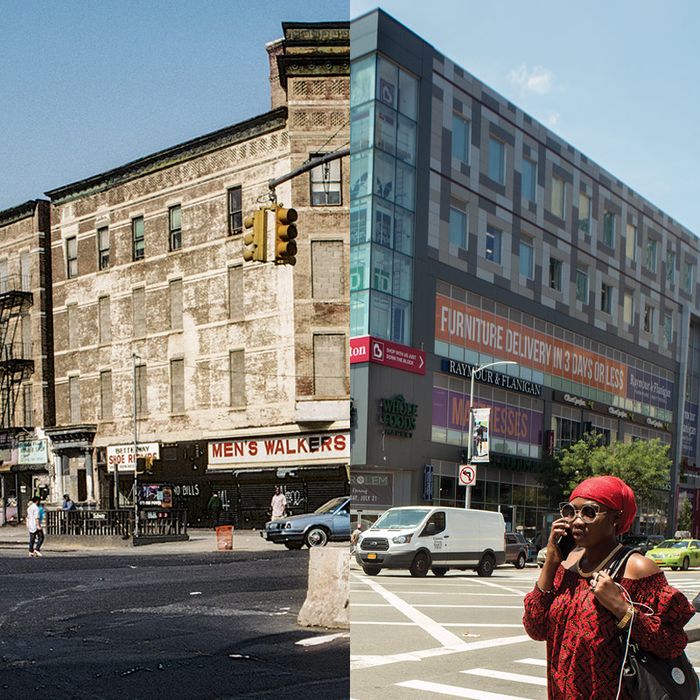Gentrification is notorious for breeding displacement. Perhaps the controversial rezoning of 125th street is the most recent and troubling example of the erosion of the culture and displacement in Harlem.

Current plans will transform it from “a low-rise boulevard lined with hair salons and buffet-style soul food restaurants into a regional business hub with office towers as high as 29 stories, more than 2,000 new market-rate condominiums, as well as hotels, bookstores, art galleries, and nightclubs, ” says Humanity in Action on the article, “Gentrification and Displacement in Harlem: How the Harlem Community Lost Its Voice en Route to Progress.”
Stripping 125th street of its identity by turning it into another Manhattan high street might be a success commercially, but culturally a disaster.
There is no doubt that the approach to development, initiated by the government and developers, has left many Harlem residents feeling betrayed and unmotivated. William Allen, the Democratic district leader in Harlem, describes a feeling of hopelessness radiating from the community as Harlemites later realize the new developments are not meant for them but are for the individuals that will drive them out soon.
Harlem for the past few years has experienced an overwhelming rise in property values and a concerning skyrocket in big chain stores as well as in restaurants, shops, and cafes.
African braiding salons are amongst the small businesses that have been driven out of Harlem. Along with this comes the deteriorating population of African Americans and the influx of White Americans, individuals who hold value to those necessities.


